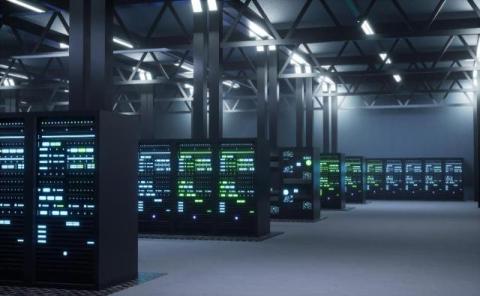Helping the Energy Sector Navigate NERC Complexities
The energy sector is the cornerstone of modern infrastructure, powering essential services and supporting the daily operations of economies worldwide. However, it also faces unique cybersecurity challenges, particularly in complying with the North American Electric Reliability Corporation's Critical Infrastructure Protection (NERC CIP) standards.






